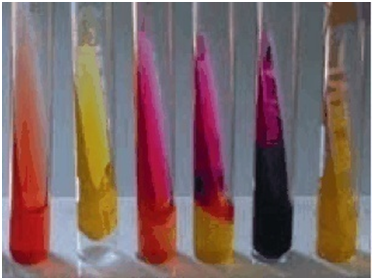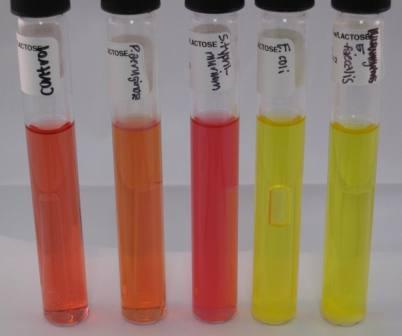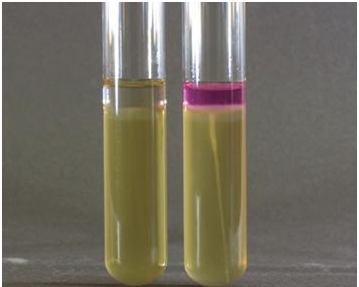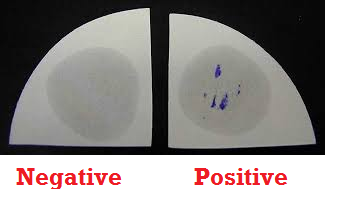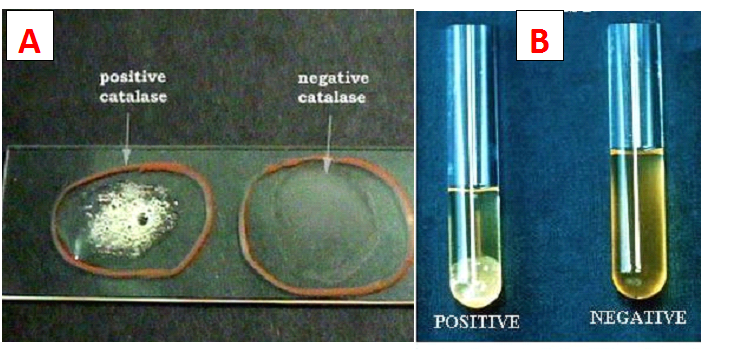TRIPLE SUGAR IRON AGAR (TSIA)
Triple sugar iron agar (TSIA) is a differential agar medium used to different lactose-fermenting Enterobacteriaceae from non-lactose fermenting enterobacteria. The medium usually contains three sugars viz: sucrose, glucose, and lactose, and phenol red as a pH indicator. TSIA is a synonymous biochemical test to Kliger’s iron agar (KIA) test. Both TSIA and KIA are used […]
TRIPLE SUGAR IRON AGAR (TSIA) Read More »
Biochemical Tests in Microbiology Lab
